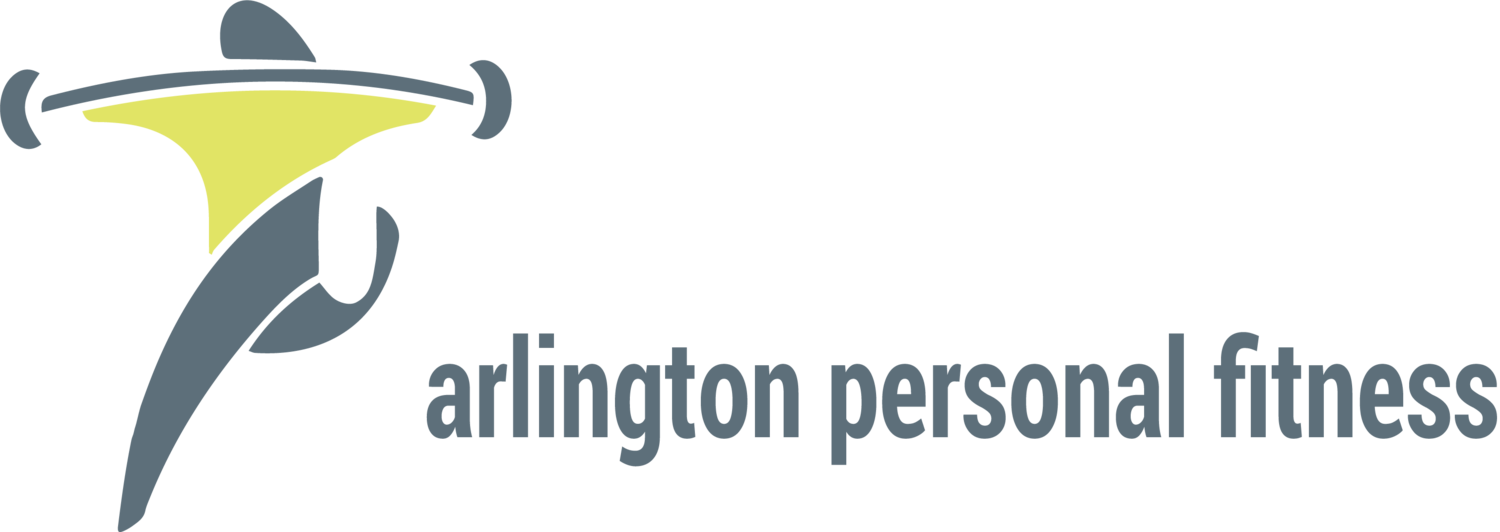Breathe!
/Many years ago, I watched a Ted Talk called Shut Your Mouth and Change Your Life by Patrick McKeown. (https://www.youtube.com/watch?v=mBqGS-vEIs0 ) I started thinking more about breath, mouth breathing and I practiced some of the techniques he mentioned. Last summer during my Covid reading spree I read Breath: The New Science of a Lost Art by James Nestor. ( https://www.mrjamesnestor.com/breath/ ) Shortly after that, there was a series of articles in the NYT about breath which included breathing techniques and exercises. I may have sent these articles out to you (James Nestor is mentioned in these articles). All of this attention to breath sparked my interest in breathing (before then I didn’t breathe) and how it relates to stress, exercise and over all health.
Of course, we know that BREATH is life, but what a lot of us don’t realize is how breath affects our life. According to Dana Santas, (CNN Health Contributor whose article I have linked to this blog) , “Breathing plays a vital role in how you think, feel, rest and recover, and it even impacts your posture and movement.” How we breathe affects us at a cellular level. Changing the way we breathe can influence weight, athletic performance, allergies, asthma, snoring, mood, stress, and focus to name a few. Proper breathing is a key in weight training and cardiovascular conditioning, as well as yoga. In Dana’s article she talks about how she works with high level athletes whose performance is improved through better breathing techniques. Good breathing technique can assist in stress relief the same way improper breathing can create more stress in our body.
The first step in good breathing is to close your mouth. Breathing in and out of the nose filters and warms the air. It helps us takes fuller, deeper breaths. If you suffer from nasal congestion (almost 40 percent of people do) the first step is to clear that congestion. Neti pots, some essential oils and saline sprays can be helpful in clearing congestion. And of course, there are nose clearing techniques!
Take some DEEP breaths. The average person only uses 10 percent of the diaphragm. Shallow breathing puts stress into our neck and shoulders and can even keep us in a constant state of low level stress. Lie on your back, place one hand on your belly and the other on your chest. Breathe deeply in and out. Feel the belly rise and fall. Your chest should barely move. Practice this lying down until you feel comfortable and then move to sitting and standing.
Stand Up Straight. Poor posture restricts the diaphragm. Regularly stretch your chest muscles, upper back muscles and neck muscles regularly to improve your posture. We have pictures of these stretches on our website, but ALWAYS check with your trainer about how to stretch to improve your posture and breath.
James Nestor and the NYT article both include more techniques to enhance better breathing. Dana Santas from CNN will be writing a four part article on Breath.
I have attached the NYT article here, as well as the CNN newsletter. Don’t take your breathing for granted!
https://www.nytimes.com/2020/07/18/at-home/coronavirus-breathing-exercises.html



